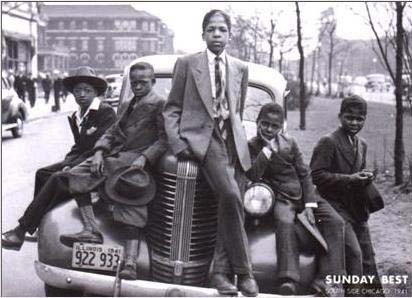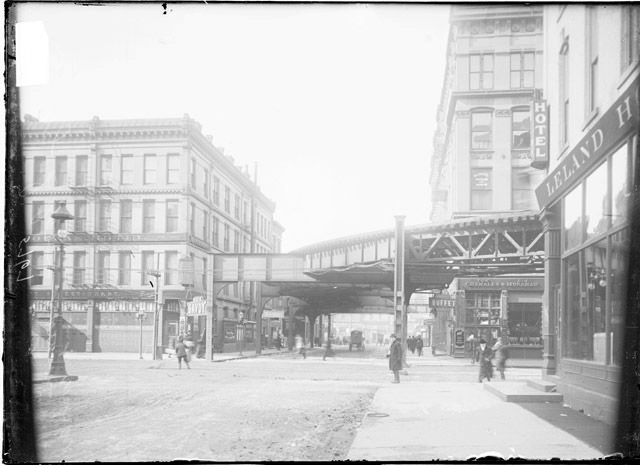
"The doorways were wider than those of any house in which he had ever lived. Some rich white folks lived here once, he thought. Rich white folks. That was the way most houses on the South Side were, ornate, old, stinking; homes once of rich white people, now inhabited by Negroes or standing dark and empty with yawning black windows. He remembered that bombs had been thrown by whites into houses like these when Negroes had first moved into the South Side. "14
